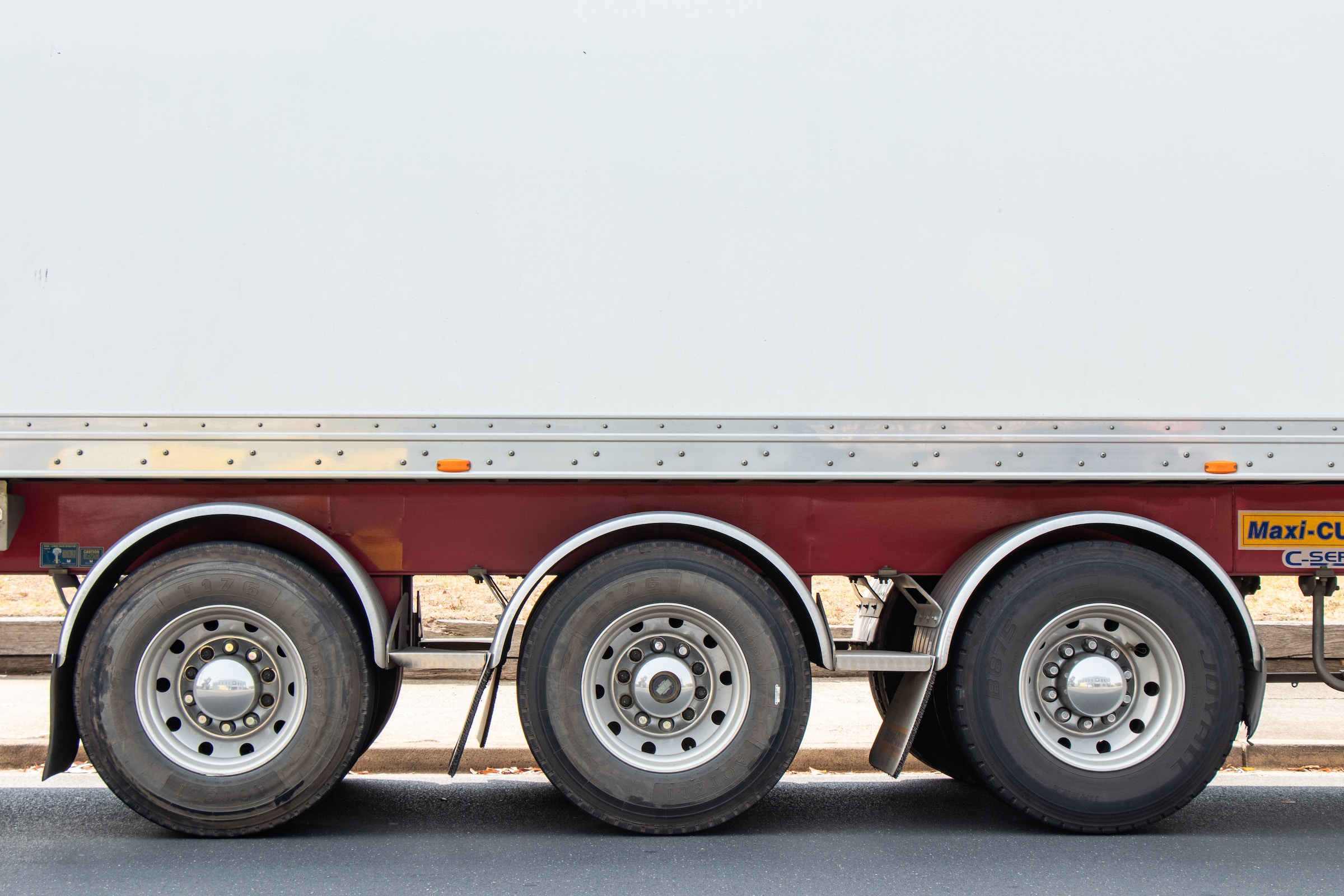Top 10 Haulage Safety Practices For Drivers

Haulage Safety Every Driver Should Know
The safety of haulage operations is of paramount importance to ensure the well-being of drivers, protect valuable cargo, and maintain efficient transportation networks. In this blog post, we will discuss the top 10 haulage safety practices that every driver should know. By following these practices, drivers can minimize risks, prevent accidents, and contribute to a safer road environment.
I. Pre-Trip Preparation
A. Vehicle inspection checklist: Before embarking on a journey, drivers should perform a comprehensive inspection of their vehicles. This includes checking the brakes, tires, lights, mirrors, and other crucial components. Identifying and addressing any issues beforehand can prevent breakdowns and accidents on the road.
B. Ensuring load stability and securement: Proper load securement is vital to prevent cargo shifts during transit. Drivers must ensure that the load is evenly distributed, adequately secured with appropriate restraints, and within the weight limits set by regulations.
C. Conducting pre-trip safety assessments: Before starting the engine, drivers should assess their physical and mental state. This includes evaluating their level of alertness, ensuring they are well-rested, and being aware of any medications or health conditions that may affect their ability to drive safely.

II. Defensive Driving Techniques
A. Maintaining proper following distance: Drivers should maintain a safe distance from the vehicle ahead to allow for adequate reaction time. This helps prevent rear-end collisions and allows for better visibility of the road ahead.
B. Anticipating and responding to potential hazards: Defensive drivers constantly scan the road for potential hazards, such as pedestrians, erratic drivers, or road obstructions. By anticipating these risks and adjusting their driving accordingly, drivers can avoid dangerous situations.
C. Avoiding distractions while driving: Distractions, such as mobile phones, eating, or adjusting vehicle controls, can significantly impair a driver’s focus. It is crucial to eliminate distractions and maintain full attention on the road to react promptly to unexpected events.
III. Adhering to Traffic Rules and Regulations
A. Speed limits and speed management: Drivers must adhere to posted speed limits, adjusting their speed based on road conditions. Speeding increases the likelihood of accidents and reduces the driver’s ability to react to sudden situations.
B. Proper lane usage and signaling: Following proper lane discipline and using turn signals when changing lanes or making turns ensures clear communication with other road users. This promotes safer maneuvers and reduces the risk of collisions.
C. Compliance with traffic signs and signals: Drivers should obey traffic signs, signals, and road markings, including stop signs, traffic lights, and yield signs. These regulatory measures are designed to maintain order on the roads and prevent accidents.
IV. Handling Adverse Weather Conditions
A. Preparing for rain, snow, fog, and other weather challenges: Drivers should stay informed about weather conditions along their route and prepare accordingly. This includes having the necessary equipment, such as wipers, defrosters, and snow chains, to handle adverse weather.
B. Adjusting driving techniques for slippery or low-visibility conditions: During challenging weather conditions, drivers should reduce their speed, increase following distance, and use headlights and fog lights as necessary. These adjustments enhance safety and help maintain control of the vehicle.
C. Understanding the limitations of the vehicle in adverse weather: Different weather conditions can impact a vehicle’s handling and braking capabilities. Drivers should be aware of these limitations and adjust their driving techniques accordingly to ensure safe operation.
V. Fatigue Management and Rest Periods
A. Importance of regular breaks and rest periods: Fatigue significantly impairs a driver’s ability to stay alert and react quickly. Drivers should prioritize regular breaks and rest periods to combat fatigue and maintain optimal performance.
B. Signs of fatigue and recognizing when to take a break: Understanding the signs of fatigue, such as yawning, difficulty focusing, or drifting out of the lane, is essential. Drivers must recognize these signs and take appropriate breaks to rest and recharge.
C. Strategies for managing driver fatigue during long hauls: Proper sleep, healthy eating, and staying hydrated are crucial for managing driver fatigue during long-haul journeys. Drivers should also consider implementing strategies like rotating drivers or scheduling power naps to combat fatigue effectively.
VI. Loading and Unloading Safety
A. Proper procedures for loading and unloading cargo: Drivers should be familiar with the correct procedures for loading and unloading cargo safely. This includes using proper equipment, following weight distribution guidelines, and securing the load to prevent shifting during transit.
B. Securing and distributing weight evenly: Unevenly distributed or improperly secured cargo can lead to accidents, loss of control, or damage to the vehicle. Drivers should ensure that the weight is evenly distributed and properly secured according to industry standards.
C. Safety precautions while operating loading equipment: When using loading equipment, such as forklifts or cranes, drivers should follow all safety protocols and receive appropriate training. Adhering to safety procedures prevents accidents and injuries during the loading and unloading process.

VII. Emergency Preparedness
A. Carrying essential safety equipment and tools: Drivers should always have emergency equipment, such as a fire extinguisher, warning triangles, first aid kits, and reflective vests, readily accessible in case of emergencies.
B. Knowing emergency protocols and procedures: Drivers should be familiar with emergency protocols, including how to report incidents, contact emergency services, and provide accurate location information. This knowledge enables swift and effective response during critical situations.
C. Reacting appropriately during accidents or breakdowns: In the event of an accident or vehicle breakdown, drivers should prioritize personal safety, notify the appropriate authorities, and follow the necessary steps outlined by their company or local regulations.
VIII. Communication and Cooperation
A. Maintaining effective communication with dispatch and other drivers: Open and clear communication with dispatch and other drivers enhances safety on the road. Drivers should promptly report any issues, communicate route changes, and provide updates on their progress.
B. Cooperating with fellow drivers on the road: Maintaining a cooperative and respectful attitude towards other drivers fosters a safer road environment. Drivers should practice patience, follow right-of-way rules, and extend courtesies to other road users.
C. Reporting safety concerns promptly: If drivers notice any safety concerns, such as road hazards or malfunctioning traffic signals, they should report them promptly to the appropriate authorities. By taking an active role in reporting hazards, drivers contribute to safer road conditions for everyone.
IX. Continuous Training and Professional Development
A. Importance of ongoing training and skill enhancement: Continuous training helps drivers stay updated on new safety practices, regulations, and technologies. By investing in their professional development, drivers can improve their skills and knowledge to promote safer haulage operations.
B. Staying updated with new safety regulations and practices: The transportation industry evolves, and regulations change over time. Drivers should stay informed about the latest safety regulations, industry standards, and best practices to ensure compliance and maximize safety.
C. Participating in safety seminars and workshops: Attending safety seminars and workshops provides opportunities for drivers to learn from industry experts, share experiences, and gain insights into emerging safety trends. These events foster a culture of safety and support professional growth.
XI. Conclusion: Haulage Safety
In conclusion, implementing these top 10 haulage safety practices is crucial for every driver to ensure a safe and secure transportation environment. By prioritising pre-trip preparation, defensive driving techniques, adherence to traffic rules, and proper handling of adverse conditions, drivers can significantly reduce the risk of accidents and contribute to a safer haulage industry. Remember, safety should always be the top priority for every driver on the road.

One Comment